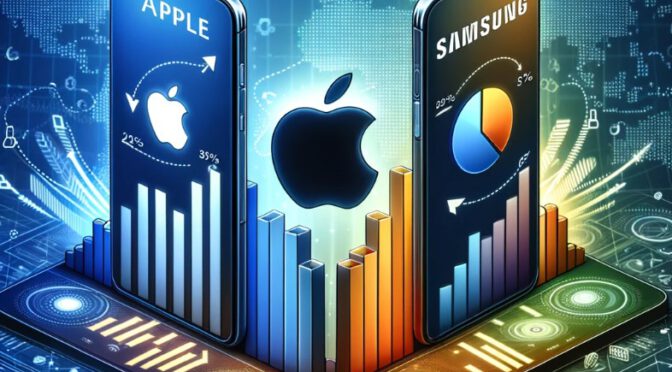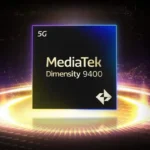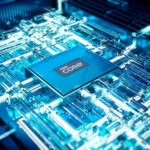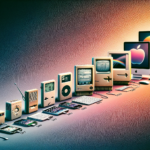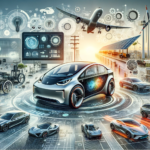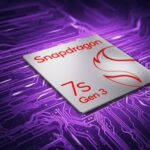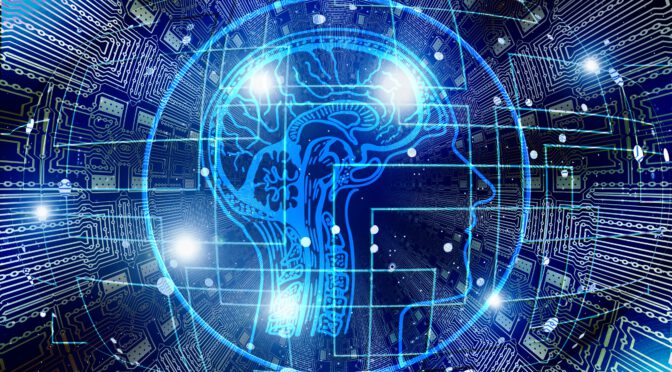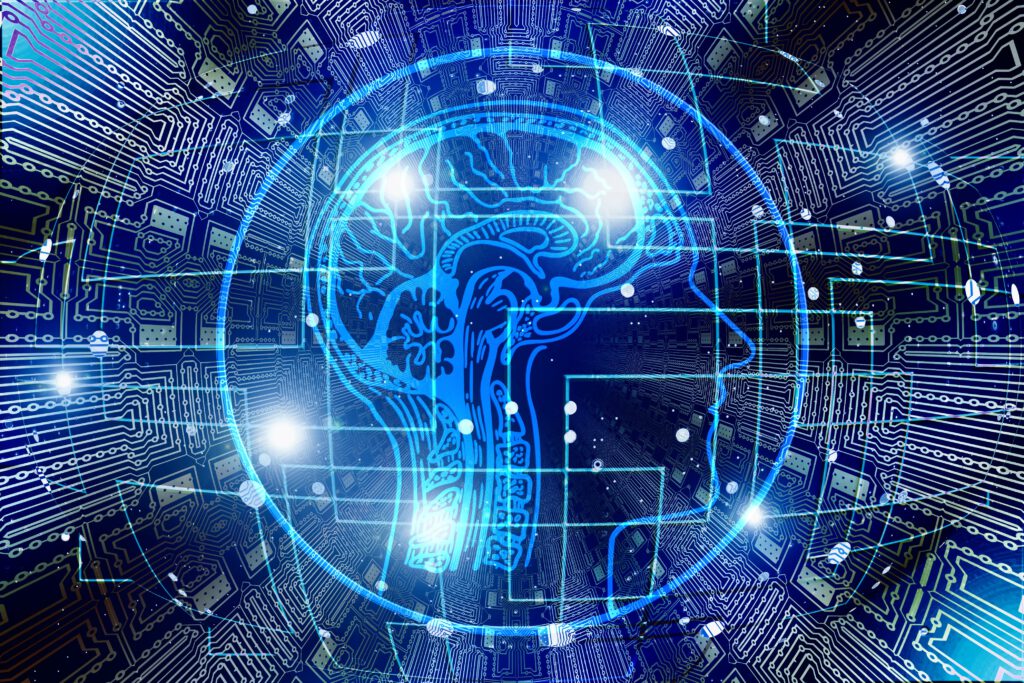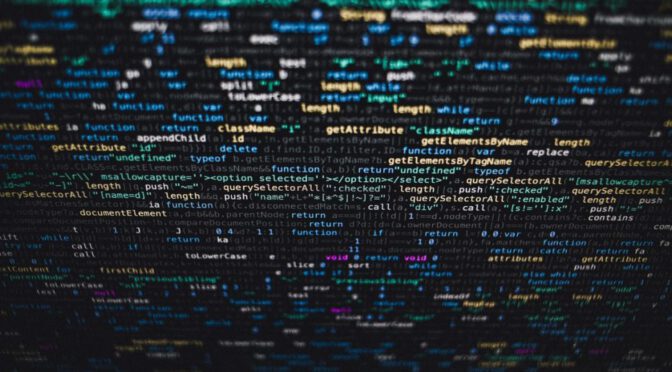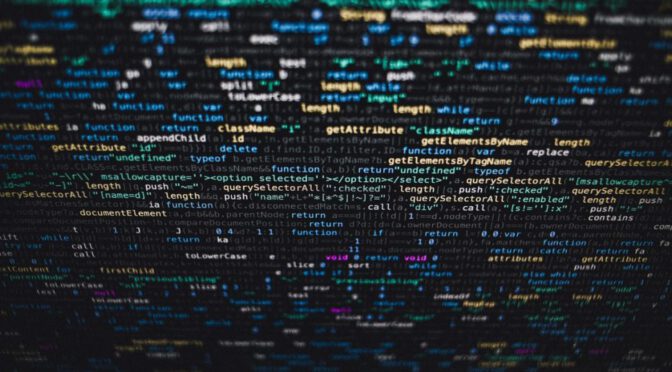[Image by TeX9.net]Samsung Takes the Lead in Smartphone Market. Apple Dethroned.
Samsung reclaimed the top spot in the smartphone market and dethroned Apple last quarter, according to market researchers. The South Korean company accounted for nearly 21% of global device sales, IDC reported. Apple’s iPhones held a 17.3% market share. The biggest surge came from Transsion, primarily active in Africa, which saw sales jump by about 85%, capturing roughly one-tenth of the global market and moving up to fourth place.
2023 marked the first time Apple surpassed the long-standing market leader over an entire calendar year. In recent months, Samsung launched its new flagship model, the Galaxy S24, on its usual annual schedule. Sales dipped slightly by 0.7% year-over-year to 60.1 million devices, according to IDC. Apple sold about 50.1 million iPhones, down 9.6%. There were also delivery delays for the more powerful iPhone 14 Pro models due to COVID-19 lockdowns in China. The iPhone remains Apple’s most crucial product by far. The overall smartphone market grew by 7.8% to 289.4 million devices, IDC calculated. The firm is one of several market research companies that regularly estimate electronics sales, as manufacturers no longer provide these figures. IDC ranks the Chinese manufacturer Xiaomi in third place, which increased its sales by over a third to about 14% market share.
Samsung Receives Billions in Support for U.S. Chip Plant
The U.S. is taking the next step to bring more chip production from Asia to its shores. The South Korean Samsung Group will build new development and manufacturing sites in Texas with up to $6.4 billion in government support, as announced by the U.S. government on Monday. These facilities will produce chips using cutting-edge two-nanometer technology. A portion of this has already been allocated. Intel secured $8.5 billion, and TSMC was recently awarded $6.6 billion. This support is crucial, as the Taiwanese company is the top provider of the most powerful chips. Industry pioneer Intel has fallen behind TSMC in manufacturing techniques but aims to catch up.
Samsung plans to invest over $40 billion in total. A plant in Texas, under construction since 2022, is set to start in 2026 with more modern production processes. A second factory will begin manufacturing the following year. Samsung also plans to open a site there for bundling processors and memory chips. The South Korean company is a leading memory Producer. Samsung’s stock ultimately fell 1.79% to 82.2 won in South Korea. Meanwhile, Apple’s stock temporarily dropped 1.10% to 174.61 USD on NASDAQ.
